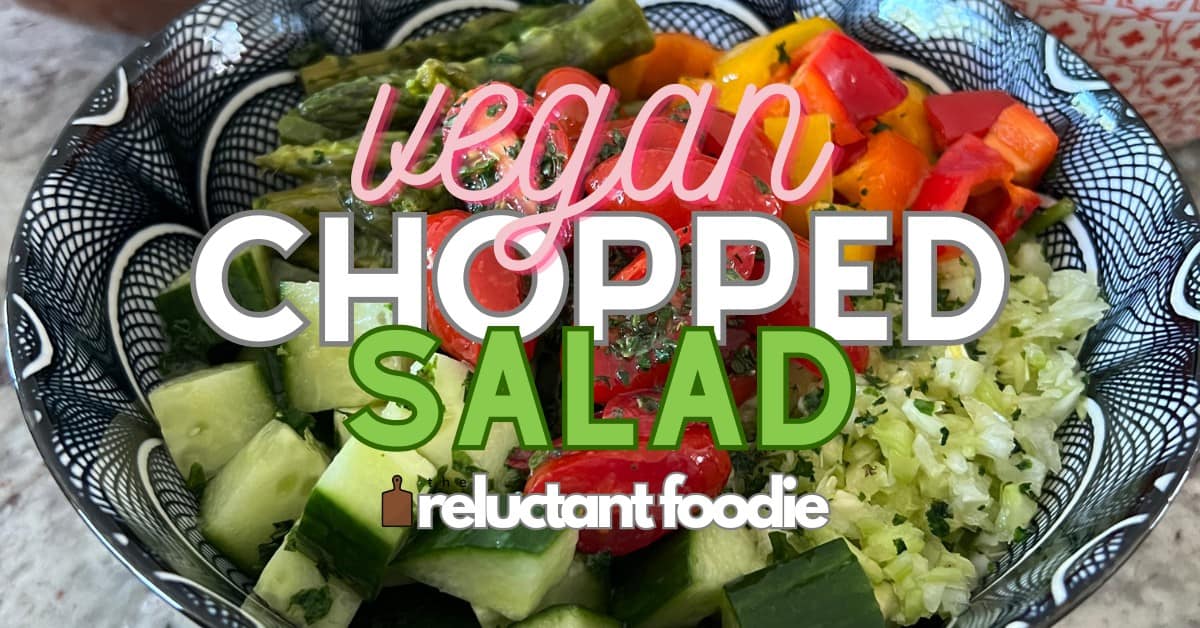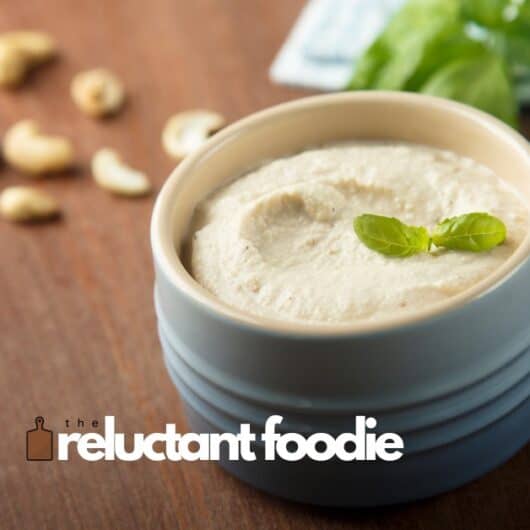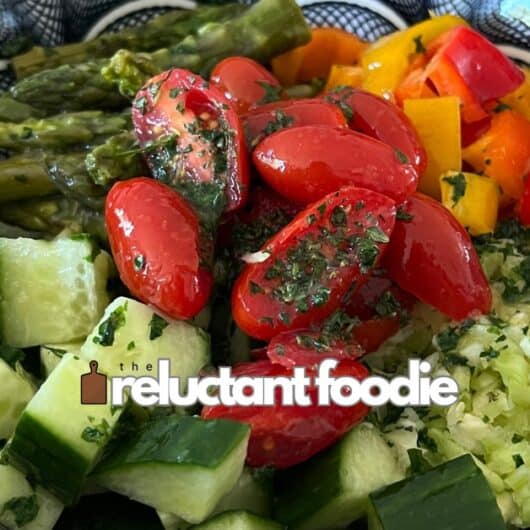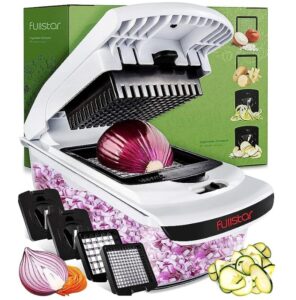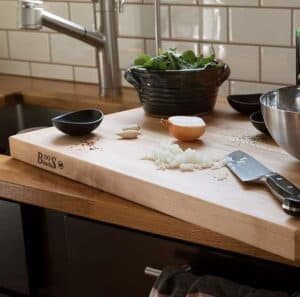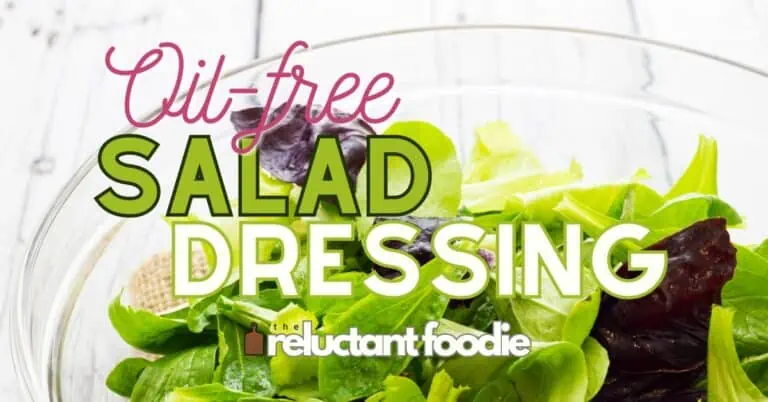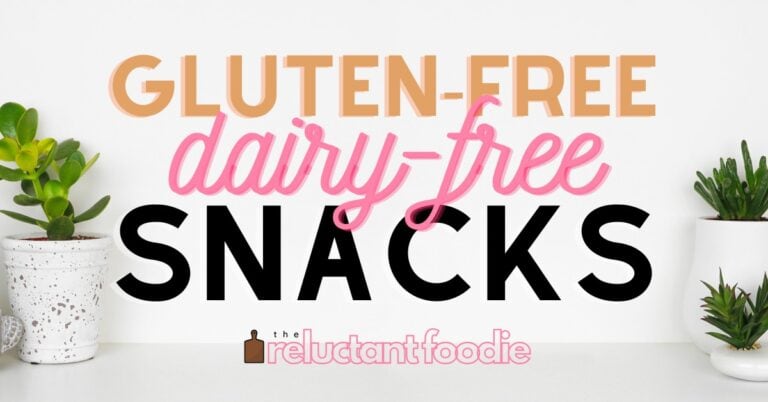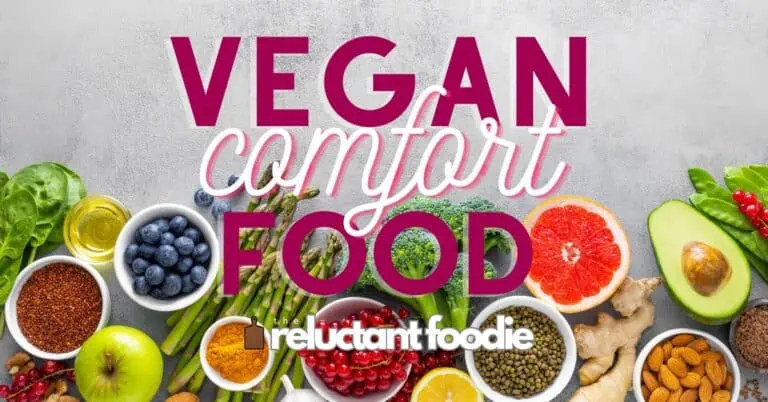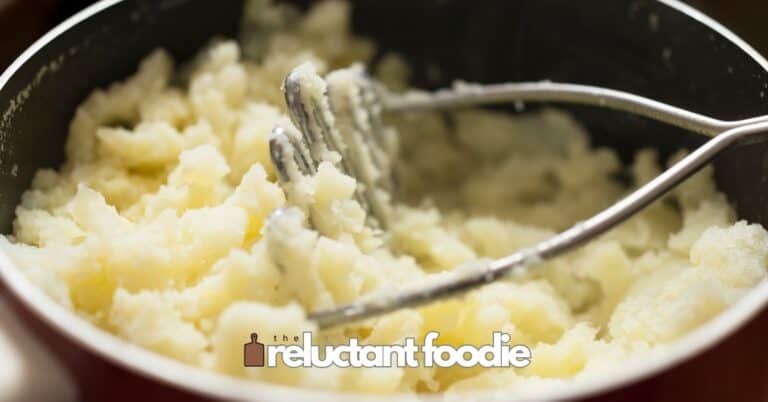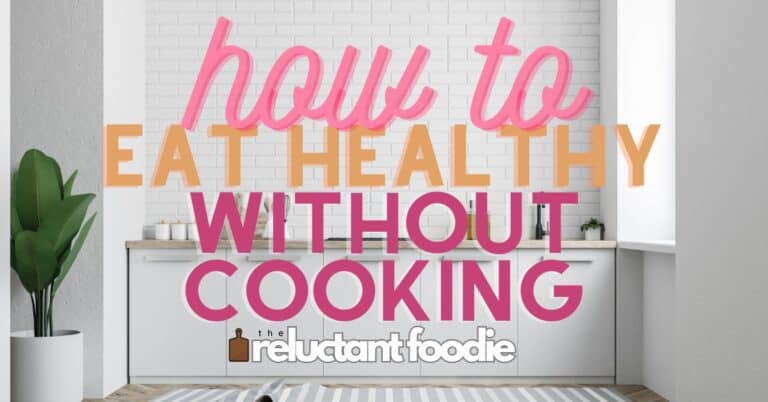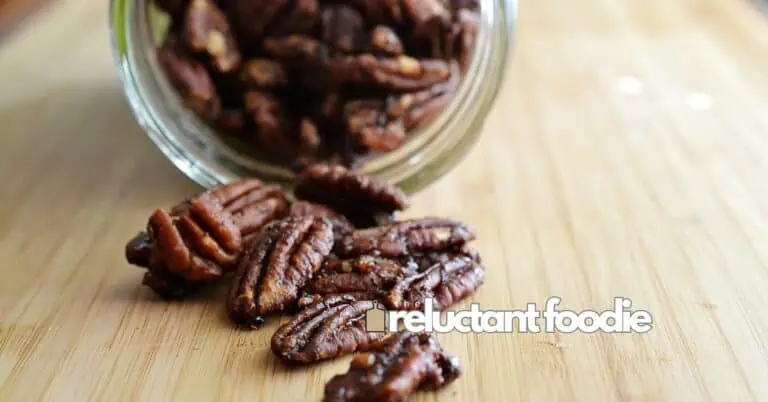Your Ultimate Guide to Crafting the Perfect Vegan Chopped Salad Recipe
As I’m gearing up for my cleansing season, it’s time for me to get serious about salads. Overcoming chronic illness has taught me that bringing nature into my body is essential for healing, and one of the easiest ways to do that is with a fresh vegan chopped salad.
What’s the key to a vibrant and satisfying vegan chopped salad? Discover the essentials in my ultimate guide, which will help you with tips for choosing fresh ingredients, combining rich flavors, and adding nutritionally dense toppings to upgrade your salad from a side dish to a star.
Dive in for a straightforward method to crafting your homemade culinary creation, with tasty variations and storage advice to enjoy throughout the week. My favorite chopped salad recipe and my Oil-Free Salad Dressings link are below!
Creating Your Vegan chopped Salad
If I were a musician, I’d tell you a good chopped salad is like composing a symphony; you need the correct elements in proportions to create a harmonious and delightful result. Since I’m not a musician, I will tell you there’s no wrong way to do a chopped salad; it’s about what you like and the flavors you want.
Vegan chopped salads are no different. A vegan chopped salad is a healthy canvas of colors, textures, and flavors, each ingredient offering a health benefit!
Begin with a base that boasts a variety of tastes and most importantly get the most of those leafy green health benefits:
- baby kale
- spinach
- arugula
- shredded Brussels sprouts
- lettuces like romaine and radicchio
To create a variety of flavors in every bite, chop all ingredients, particularly greens, into small bite-sized pieces. A vegetable chopper can be your best friend in this process, making it easier to include a little bit of every ingredient in each forkful.
To elevate your chopped salad recipe to a full-flavored, nourishing meal, don’t forget to add a colorful mix of vegetables and plant-based proteins like beans or chickpeas. Roasted veggies like cauliflower or sweet potatoes offer an additional dimension of texture and flavor to your salad.
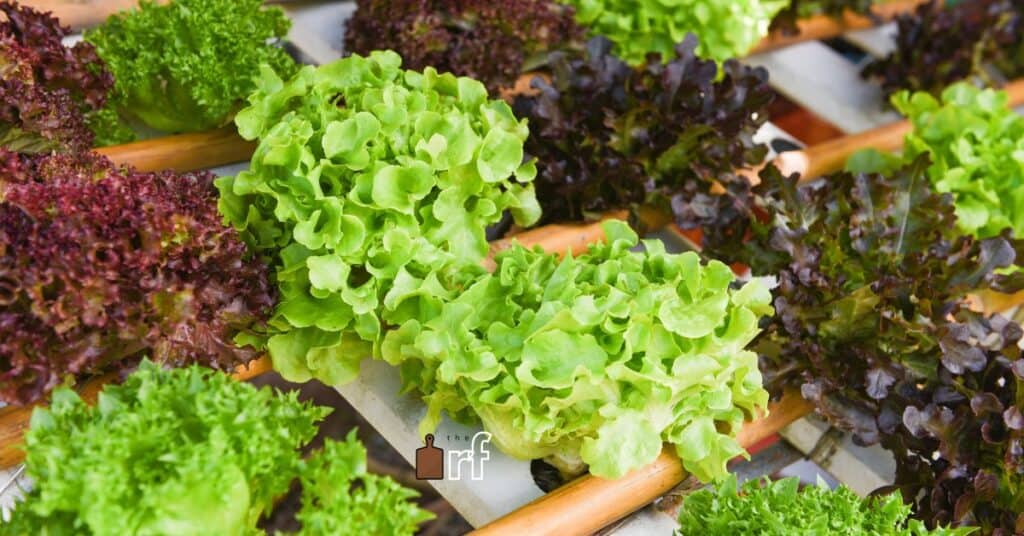
Choosing the Base
Your chopped salad’s base is like the canvas of a painting. Choosing the right greens can provide a nutritious and visually appealing base for your salad. Mixed leafy greens, including baby chard, baby kale, and baby spinach, offer a rich mix of nutrients, while sturdy greens like kale, romaine lettuce, and spinach hold up well when chopped. For a classic choice, consider chopped lettuce, such as romaine, for a crisp and refreshing base.
Before embarking on your salad creation journey, thoroughly wash your greens under running water to eliminate dirt. Try a salad spinner for drying washed lettuce effectively.
Keeping your greens dry is pivotal to avoid diluting the dressing and guaranteeing an even coating on the leaves, enhancing the salad’s overall flavor and texture.
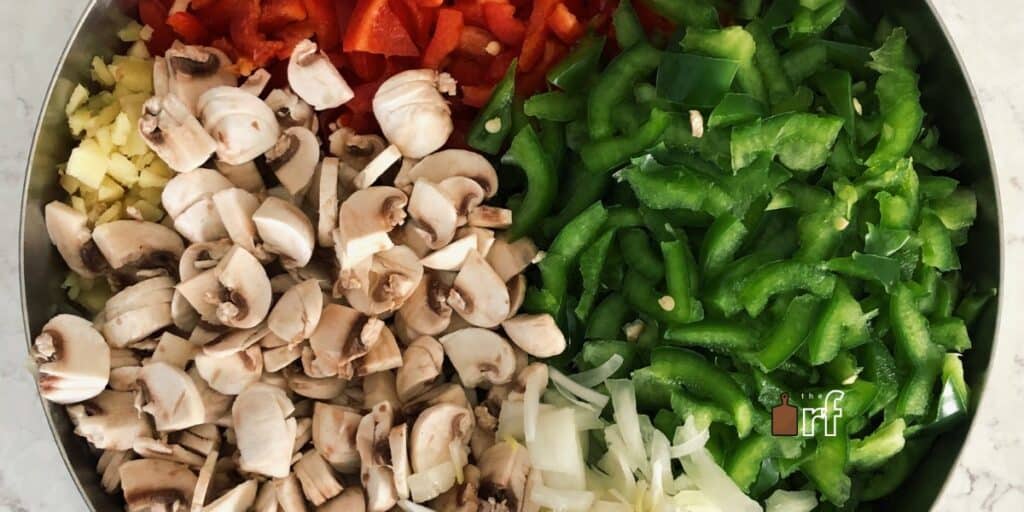
Selecting the Veggies
The veggies in your salad are more than just there to fill space. They add a burst of colors, enhance the nutritional value, and make the salad more appealing.
Consider a mix of vegetables such as:
- different colored bell peppers
- cherry tomatoes
- carrots
- red cabbage
- radishes
- steamed or roasted potatoes
- red onion
- green onion
- cucumber
These vibrant veggies add a wide variety of nutrients and make your salad look delicious. After all, we eat with our eyes first, don’t we?
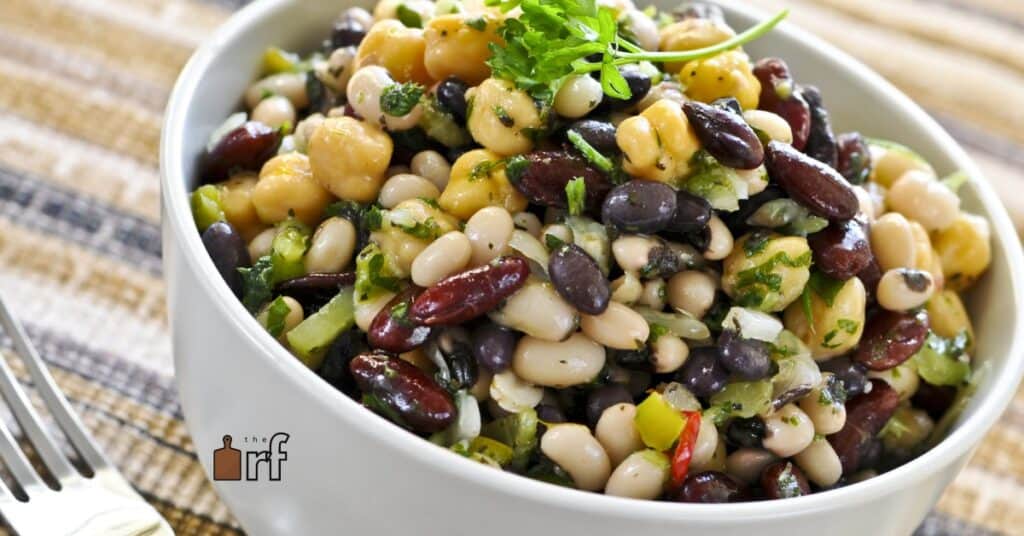
Adding Protein & Healthy Fats
Let’s bust the myth that salads can’t be a complete meal. Adding healthy fats and plant-based proteins to vegan chopped salad can transform it into a satisfying and nutritious meal. Options are aplenty. Lentils, peas, black beans, and white beans are great plant-based protein sources, providing protein and essential nutrients like iron, fiber, vitamins, and minerals.
For added texture and nutrition, consider sprinkling the following over your salad:
- Hemp seeds contain plant-based protein and healthy fats
- Pumpkin seeds: excellent source of iron and extra flavor
- Avocado: adds creaminess and rich flavor to your salad
- Nuts like almonds, walnuts, or pecans: add heart-healthy fats and protein to your salad
- Raisins or other dried fruits – look for oil-free or sulfur-free
Add crunchy elements like roasted chickpeas and flavorful sun-dried tomatoes for an enhanced texture.
Crafting the Perfect Dressing
The dressing is everything. It’s important not to ruin the nutrition you’ve just built by putting on a fat-laden, sugar-filled dressing. And making your own can add even more nutrition to your bowl. It begins with a fundamental recipe, followed by experimentation with various ingredients and flavors to achieve the perfect blend.
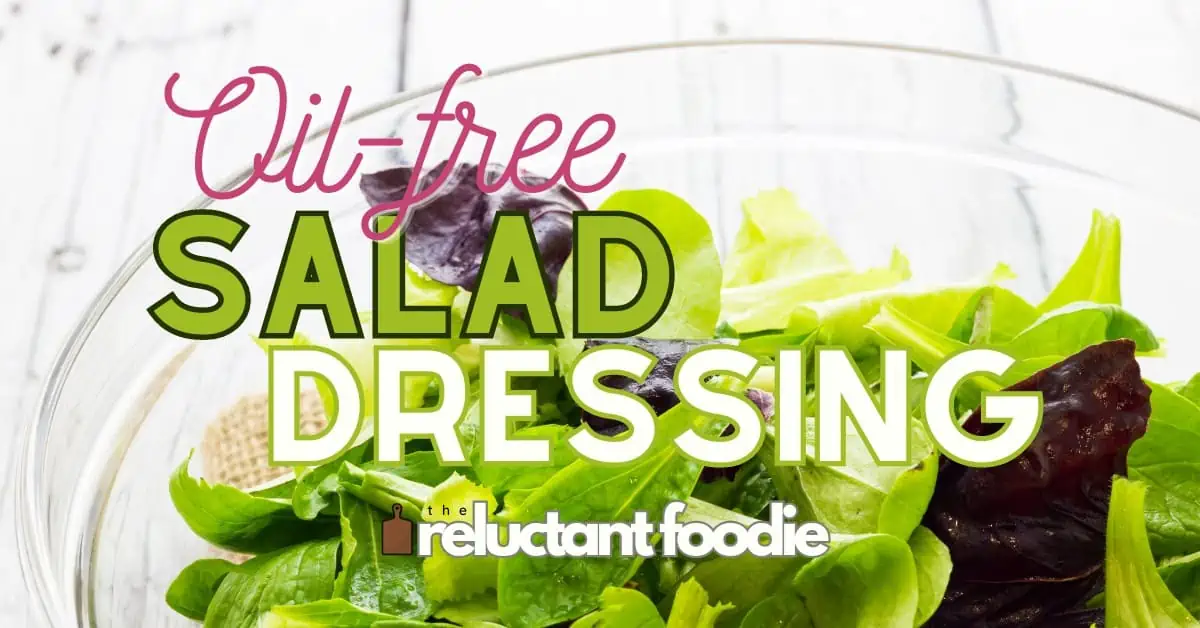
Easy And Delicious Oil Free Salad Dressing Recipes You Can Make Now
Mixing It Up
Do you have a particular taste preference or a dietary restriction? No problem! You can adapt oil-free vinaigrettes to your taste and dietary restrictions by experimenting with various ingredient substitutions and variations.
Try different types of vinegar, switch out mustard for miso, substitute vinegar with citrus juice, and introduce minced garlic or finely chopped onions. To enhance the flavors, add an assortment of:
- fresh or dried herbs
- different ground spices
- hot sauce
- low-sodium soy sauce
- natural sweeteners like maple syrup or rice syrup.
Storing & Using Leftover Dressing
Don’t let that leftover dressing go to waste! Properly storing your dressing can prolong its shelf life and ward off contamination. Most oil-free dressings can be refrigerated, but their shelf life depends on the ingredients used.
For extended storage and easy portioning, try freezing leftover dressings in ice cube trays and transferring them to a freezer bag.
Assembling & Serving the Salad
Here’s the fun part – assembling and serving your salad! Dress the salad just before serving to retain the greens’ crispness and ward off sogginess. Also, add garnishes before serving to enhance your salad’s flavor and visual appeal.
Tossing Your Salad
Tossing your salad is an art form. Begin by situating the heaviest ingredients at the bottom of the bowl; this aids in dressing distribution and safeguards delicate greens. Employ salad tongs to lift ingredients from the bottom and gradually add dressing to achieve an even coating.
A blend of raw and roasted vegetables like cucumbers and sweet potatoes can enhance the salad with varied flavors and textures; after tossing your salad, season with salt and pepper. Remember to serve the salad immediately after tossing it to maintain the texture and prevent sogginess.
Vegan Cheese & Toppings
Who said cheese is off-limits for vegans?
Oil-Free, Dairy-Free Cashew “Cheese” Sauce
This versatile, oil-free, dairy-free cashew cheese sauce can be used on pasta, baked potatoes, and salads. Trust me when I tell you, you won’t miss the oil or dairy. This sauce is one of those things that makes food taste and feel like the comfort food of my past. Best of all, it’s easy.
Meal Prep & Storage Tips
Given our fast-paced lives, meal prep can prove to be a boon. With planning, you can make your vegan chopped salad in advance while maintaining its freshness and quality.
For an on-the-go salad option, try the mason jar method. Here’s how:
- Put the dressing at the bottom of the jar.
- Add toppings next, such as chopped vegetables, nuts, or cheese.
- Finally, place the lettuce on top, ensuring space to shake up the salad when ready to consume.
When prepping a salad ahead of time, mix all chopped dry toppings while keeping the salad base, like lettuce, separate to retain freshness.
Store your salad dressings in airtight containers separate from the salad and only add when ready to serve to preserve salad integrity. Store ingredients like avocado separately and cut just before serving to avoid browning.
Customizing Your Salad for Dietary Needs
Dietary restrictions shouldn’t prevent anyone from enjoying a delicious salad. Tailoring your chopped vegan salad to suit gluten-free, soy-free, or nut-free dietary preferences makes it universally enjoyable.
For gluten-free salad dressings, substitute ingredients commonly containing gluten with gluten-free alternatives such as tamari or a gluten-free all-purpose flour blend. To create a soy-free dressing, go for coconut aminos or tamari. For those with nut allergies, use seeds instead of nuts to create creamy dressings.
Frequently Asked Questions
How to chop vegetables for a salad?
To chop vegetables for a salad, ensure they are roughly the same size. Start by cutting into slices, then stack and cut them into even strips before dicing into small, bite-sized pieces.
How can I make my salad more appealing?
Add colorful veggies such as bell peppers and red cabbage to make your salad visually appealing. These ingredients will create an attractive and vibrant dish for you to enjoy.
How can I add more protein to my vegan salad?
You can add protein to your vegan salad by incorporating plant-based options such as quinoa, peas, lentils, black beans, white beans, or hemp seeds. These ingredients will help elevate the nutritional value of your salad and make it more satisfying.

